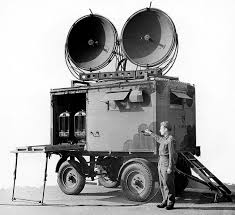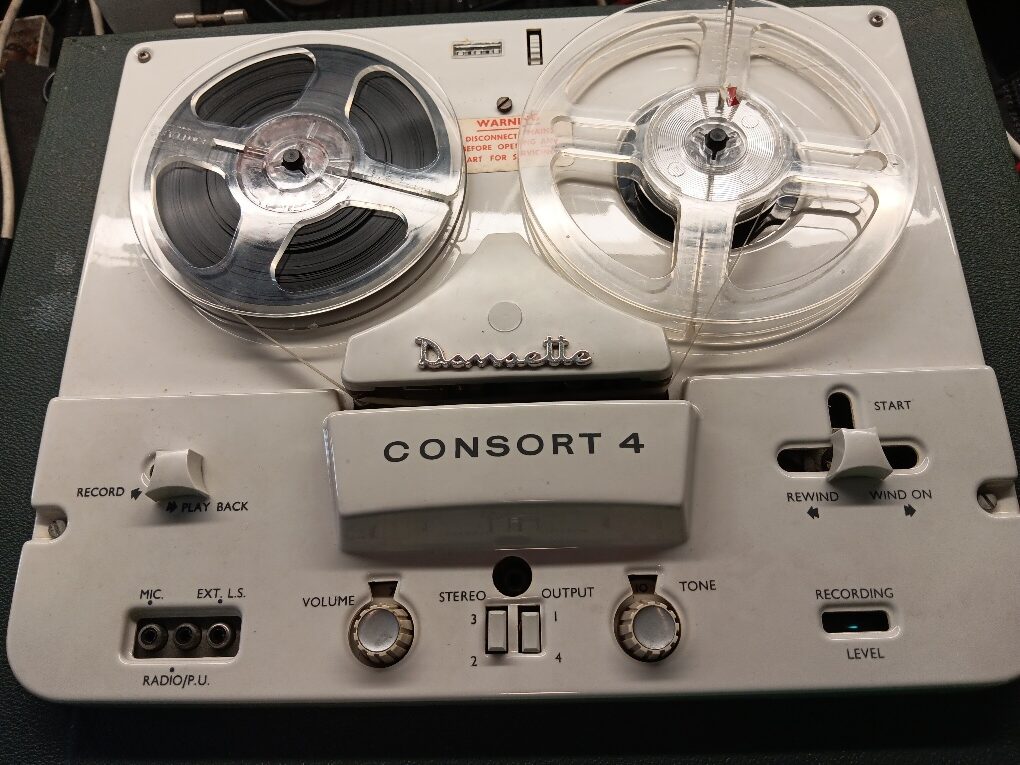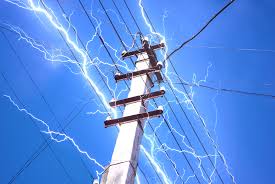
WW2 – The Wireless set no. 10!
Looking at the D-day commemorations got me thinking about communications during that period. A fascination of mine. So, here we go.
One of the main issues during WW2 was communications. How command posts could reliably communicate with each other and how they could stay in touch with Churchill’s various command bunkers that were dotted around coast lines. During the early part of the war, HF radio (like radio hams use today) and telephone lines were about all that were used. The problem with radio, is that anyone with a receiver could eavesdrop as this was not point-to-point, even with the best of directional antennae (I can never spell aerial). Telephone lines and exchanges could be bombed and or sabotaged.
During the early ‘40s, two technologies were being developed which unintentionally but naturally complemented each other. One was the Magnetron. This is the device that we all have in our microwave oven. Basically it is a valve which has the ability of generating a very high power, high frequency radio signal. It was initially designed to be used in Radar. But it was soon realized that with the right antennae, a narrow beam transmission could be sent, line-of-sight. This made eavesdropping much harder as the signal did not radiate all over the place. Tests showed that you could send signals up to 50 miles away. As the frequency was much higher, you also had a bandwidth that was greater, allowing you to send more information.
A chap called Alex Reeves was working in Paris in the late ‘30s for IT&T, an American institution. He developed a technology called PCM, Pulse Code Modulation. Not enough space here to go into detail, but basically it allowed you to take 8 telephone lines, chop up the conversations into corresponding pulses who’s amplitude (height) related to the energy of the words being sent. This signal would be sent into a filter, sent over radio, where the receiver would reconstruct the pulses into intelligible speech. Now, you could send 8 or more conversations over one link. This technology was far beyond it’s time. When the Germans invaded France, Alex came to the UK to continue his work.
The trick now was to combine the PCM signal, which was sort of digital, with the output of the Magnetron. Earlier radio systems tried using Frequency modulation (like we use today), but by the nature of the way a magnetron works, it’s output frequency cannot be changed. However, it’s output power can be changed relatively easily. It was arranged that the PCM signal would modulate the power supply to the Magnetron. This resulted in short pulses of high frequency energy being generated relating perfectly to the PCM voice encoded signal. All this was sent into a Radar type dish. At the receiving end, radio equipment would detect the signal and by use of clever filtering techniques, reproduced the 8 different telephone channels. It was also realised that now there was a significant increase in radio bandwidth available (space), by using accurate time shifting of the PCM signals, other groups of 8 channels could be sent at the same time.
At first the radio link was switched duplex, i.e. the conversation was one way at a time, over-and-out type. However with the improvements in radio circuitry, two magnetrons could be set up at slightly different frequencies and could be received and transmitted separately at once. Now you have full duplex, as we have in modern day telephones. In mid ’42, tests were carried out with systems installed and talking to each other at Horsham to Baker Street London and Beachy Head to the Isle of Wight. Many modifications and variations were made and in ’44, the go-ahead was given for full production.
Shortly after D-Day, Wireless set 10 trucks were being deployed and 2 were linked together in Cherbourg relaying crucial information back and forth for the military controllers. Early part of ’45, the roll-out of these stations was considerable and a network of these, connected by telephone land lines, spread from Germany to London. The 21st Army Group lead by Montgomery, highly praised the communications platform. It was said that the total outage time in that period was an hour. Internet eat your heart out ah?
After the war and all the debriefing, The Germans said that they were able to eavesdrop and decode most of the communications the allied forces made. However, it was admitted that the Wireless 10 traffic baffled them as they thought it was some type of Radar signal. The PCM system was internationally adopted in both military and civilian operations. Like most things we see, War time development gives us technologies we would not have had.
Thanks for reading. Seth, Zeta Services, working hard for you.








